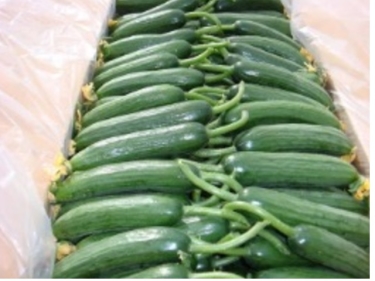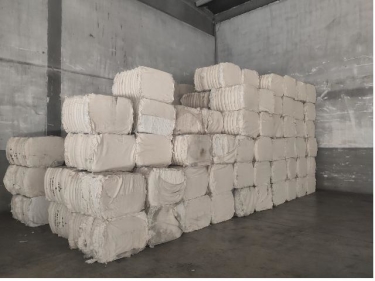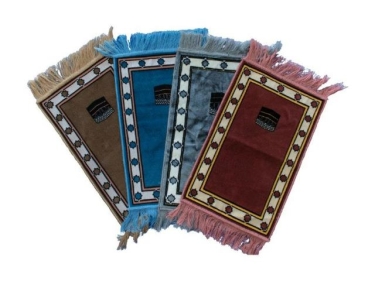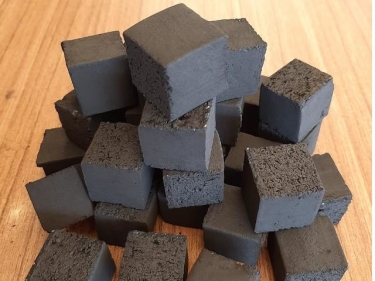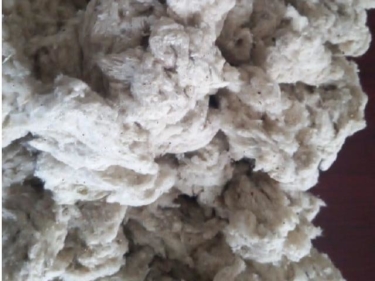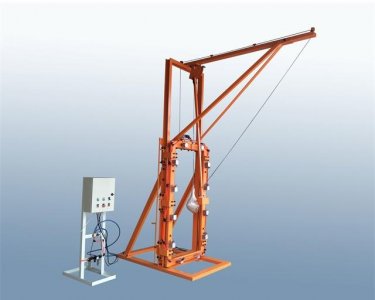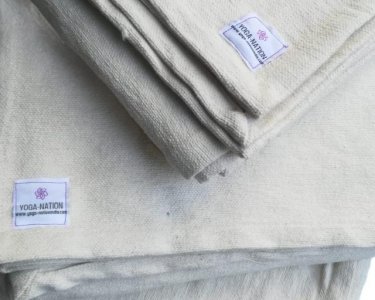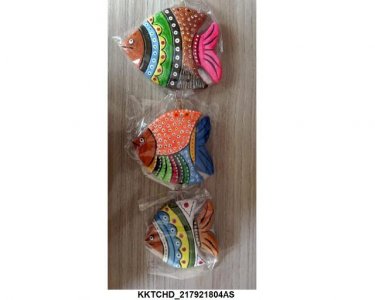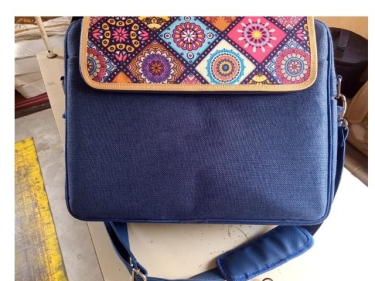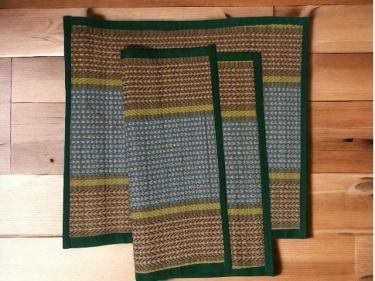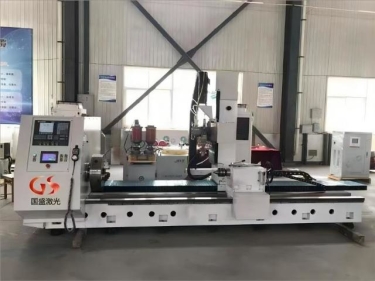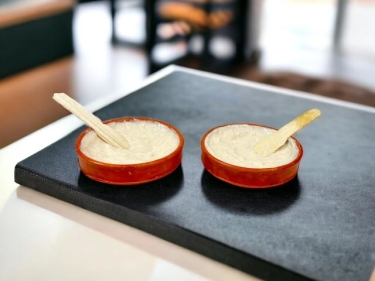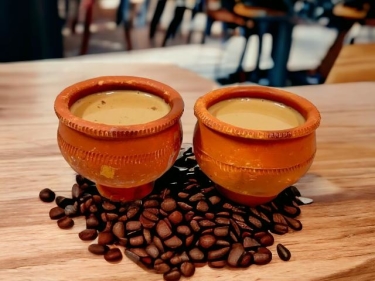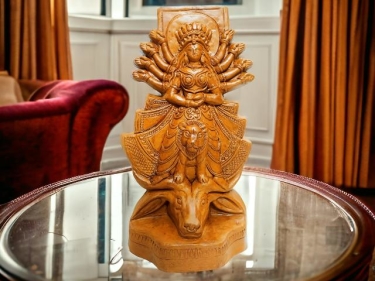Search Results for "lao peoples democratic republic" in "Lao People's Democratic Republic" on Export Portal
Active Filters
-
Keywords:
-
Country:
- Clear all
New Search
Couldn't find the product you want?
Fill out this form to request the product.
Exports
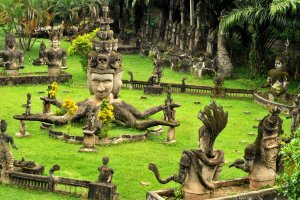
Lao People's Democratic Republic is well known as Laos. This is a small landlocked country in the heart of the Indochinese peninsula of Mainland Southeast Asia. The Historic and cultural identity of the country began many centuries ago. Laos was known as Lan Xang Hom Khao (Kingdom of a Million Elephants Under the White Parasol), which existed for four centuries as one of the largest kingdoms in Southeast Asia. Due to its extraordinary geographic location, the country became one of the trade centers, becoming wealthy economically as well as culturally.
After the teritory was broken into ceveral kingdoms in 1893, the country gained its independence with the possibility to establish its proper international trade connections and economical system.
The economy of the country is dominated by an productive agricultural sector operating largely outside the ountry, motivatng local manufacturers and sellers. Agricultural products, exported abroad, include sweet potatoes, vegetables, corn, coffee and tea, sugarcane, tobacco and tobacco substitutes, cotton, peanuts, rice, water buffalo, pigs, cattle, poultry.
The teritory of the country is rich with the woods and plants. In such a way, Laos exports rough wood and sawn wood as well as different wood items, wooden furniture and home decoration goods.
Regarding the industry sector, this includes primarily gypsum mining, tin, electric power, timber, processing of agricultural products, garments, and construction. In such a way, the country exports on the international market refined copper, copper ore, broadcasting accessories, various types of construction materials and engineering, using the 1992 revision of the HS (Harmonized System) classification.
Laos main export partners are China, Thailand, Vietnam, Japan and Germany.
Customs requirements of Lao People's Democratic Republic
Laos Customs Contacts
Website: http://laocustoms.laopdr.net/
Laos is a landlocked country in Southeast Asia, bordered by Myanmar (Burma), China, Vietnam, Cambodia and Thailand. It is a member of the Asia-Pacific Trade Agreement (APTA), WTO, Association of Southeast Asian Nations (ASEAN), East Asia Summit, La Francophonie.
Export and Import Requirements in Laos
- Cargo Control Document
- Invoice
- Declaration Form
- Certificate of Origin
You will be able to obtain release of your goods upon presentation of a fully completed declaration package consisting of the following:
1. 3 copies of the cargo control document
2. 2 copies of the invoice
3. 2 carrier advice notes
4. 2 copies of any permit issued by a relevant Ministry or Department
5. 2 certificates of origin showing origin of goods
6. 3 sets of the declaration form
Cargo Control Document
A cargo control document in the form of an airway bill for goods arriving by air or a manifest for goods arriving by highway or river will be sent to you together with an advice note issued by the carrier to inform you that a shipment has arrived and is awaiting customs clearance.
You will need the cargo control number from the airway bill or manifest to complete the appropriate field on the declaration form.
Three copies of the cargo control document and two copies of the advice note must accompany the declaration form.
Invoice
For all shipments entering or leaving Lao PDR, a commercial invoice which indicates the buyer and seller of the goods, the price paid or price payable, and an adequate description of the goods including quantity of the goods contained in the shipment, should be produced to support the declaration. The invoice must be prepared by the exporter. Locally produced invoices are not acceptable.
Tariffs
Laos is a member of the Association of South East Asian Nations (ASEAN). The country is on track to reduce its tariffs on imports from other ASEAN nations to less than five per cent, as required under the Asean Free Trade Area and tariffs on most product groups for trade with non-ASEAN countries are less than 20 per cent. However, the regime lacks transparency and in practice trade and investment are more heavily regulated, including through import and export licensing.
Australia and Laos are parties to the ASEAN, Australia, New Zealand Free Trade Agreement (AANZFTA). The AANZFTA tariff finder provides an easy reference for Australian exporters who want to know what the applicable tariff rate is for their products under the AANZFTA.
Laos uses the transaction value system for valuing imported goods for taxation purposes. This means that whenever possible, the customs value is based on the price paid by the importer to the exporter for the imported goods. The following costs must be included in the customs value:
- transportation and insurance
- packing, packaging and handling
- any fees paid to the exporters for royalties, licences etc
- storage charges in the country of export that are paid by the importer
- all escalations charged after the goods are ordered
- all selling costs such as commissions that are charged to the importer
- assists are goods or services supplied by the importer to the exporter free or at a reduced cost that were used in the production of the goods.
Costs which may be deducted from the customs value are:
- discounts for volume purchases, payment for the goods in advance or within an agreed period (such discount must be shown on the invoice and granted before importation)
- if goods were sold by the exporter on a duty and tax paid basis, deduct the amount paid for duties and taxes
- amount paid to the exporter for work that will be performed in Laos PDR, such as construction, erection, assembly, maintenance or technical assistance related to the imported goods (such costs must be shown separately on the invoice or in a contract).
In cases where the transaction value method cannot be used (e.g. where there is a relationship between the importer and exporter that might influence the value), one of the following methods of valuation will be used, in order:
- transaction value of identical goods
- transaction value of similar goods
- deductive value
- computed value
- flexible value
The amount of duties and taxes payable depends on the item declared per category of duty, tax and excise:
- duty rate is calculated on the customs value
- tax is calculated on the customs value plus the duty payable
- excise tax is calculated on the customs value plus duty payable plus tax payable
The importer of commercial goods into Lao is responsible for the self-assessment of the duty and tax liabilities on all goods imported. The importer or his authorised agent must prepare all necessary documents for presentation to customs.
An importer has the right to request customs to reconsider any reassessment of value and any redetermination of tariff classification. Further, the importer has the right to appeal the customs reassessment notice to higher authorities.
Import restrictions
All imports and exports are subject to a strict system of licensing. All importers must have a valid licence and must operate according to certain state directives. Goods prohibited for import are:
- weapons
- narcotic drugs
- psychotropic substances
- hazardous chemical substances
- other dangerous industrial products
- obscene items
- banknote materials.
Certificates, labels, packaging
Labelling
Food product labels are required to indicate the following:
- name of product
- registration number for food products
- name and location of producers or company that packed products for distribution
- country that produced the product
- quantity of product (expressed in metric system)
- important contents of products in percentage in relation to gross weight, in decreasing order
- production date or expiry date, depending on products
- if available, advice on storage, preparation methods, use of preservatives and colourings.
Packaging
Goods should be carefully packed to protect against adverse weather conditions, particularly heat and humidity. There is no cold storage in Laos.
Documents
Commercial invoice
A pro-forma invoice is required for the establishment of a letter of credit. The following documentation is required to enable goods to be cleared through customs:
- airway bill or bill of lading (two copies)
- commercial invoice indicating the buyer and seller of the goods and price paid (two copies)
- cargo control document (three copies)
- import permit issued by a relevant Ministry or Department (two copies)
- certificate of origin (two copies)
- declaration form (three sets).
Public health requirements
For public health reasons, the import of certain agricultural products, livestock, fish, drugs and food is subject to procedures requiring certain documents to be presented and approved by the agency responsible for enforcing the relevant regulations and certain obligations to be observed.
Sources:
http://www.laotradeportal.gov.la/kcfinder/upload/files/Import-Export%20Guide%20(EN)%20v1.0.pdf



